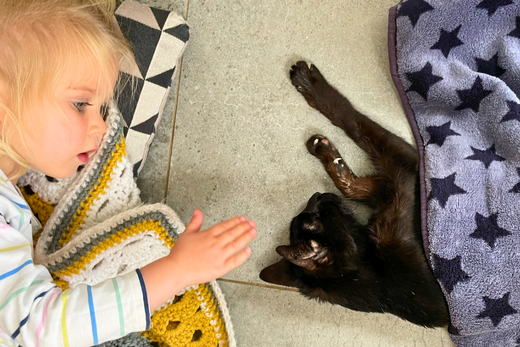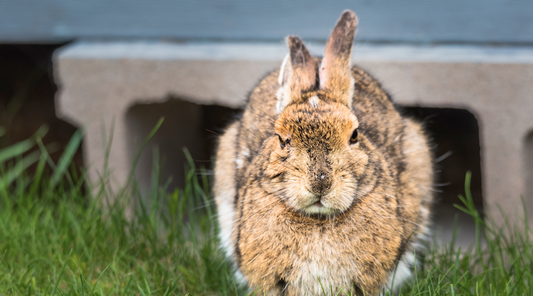
Talking to Kids About Pet Death: A Compassionate Guide from London’s Pet Care Experts
The loss of a beloved pet can be one of the first experiences a child has with death, making it an emotional and confusing time. Explaining and supporting them through this moment requires empathy, honesty, and care. Below, we share practical ways to help children process their grief while honouring the special bond they shared with their pet.
Understanding Children's Grief
Insights from Child Psychologists
Children process grief differently depending on their age. Experts recommend using clear, simple language to explain what has happened. Avoid euphemisms like “gone to sleep,” which can create confusion—saying the pet has “died” is more direct and helps them understand the permanence of the loss.
It’s also important to create a safe space where children feel comfortable expressing their feelings. Reassure them that emotions like sadness, anger, or even guilt are normal. Encourage them to ask questions or share memories, as this can help them process what they are experiencing.
Age-Appropriate Guidance Tips
Providing age-appropriate guidance is essential when discussing grief and pet loss with children. For example:
- Young Children (Toddlers & Preschoolers): Use simple, concrete explanations. For example, “Our pet’s body stopped working, and they won’t come back.” They may need repeated reassurance to grasp the concept.
- School-Age Children: They may ask more detailed questions about death. Be honest but sensitive, and answer questions in a way that aligns with their understanding.
- Teenagers: They may understand death more fully but struggle with complex emotions. Suggest creative outlets, such as writing, drawing, or creating a memorial, to help them channel their grief.
For additional strategies on helping children cope, Child Bereavement UK offers insights into grief and age-appropriate communication.
Talking About Grief with Compassion
When discussing pet loss, focus on compassion and patience. Let children know their feelings are valid by saying things like, “It’s okay to feel sad. I feel sad too.” Encourage them to talk about their favourite memories or write a letter to their pet to say goodbye.
If a child seems reluctant to talk, provide other outlets, such as drawing pictures or creating a keepsake like a memory box. Each child will process grief in their own way, so allow them the space to do so at their own pace.
Honouring Your Pet Together
Creating a tribute to a pet’s life can help children find comfort in their grief. Some meaningful ways to honour a pet include:
- Creating a memory box with photos, collars, or toys.
- Planting a tree or flowers as a living tribute.
- Holding a small memorial service to share memories and stories.Crafting a scrapbook or photo album to look back on happy times.
- Donating to an animal charity in the pet’s name.
These activities provide closure and allow children to cherish their pet’s memory in a positive way.
For more guidance on navigating conversations about pet loss with children, the Blue Cross provides helpful resources and support services for families.



